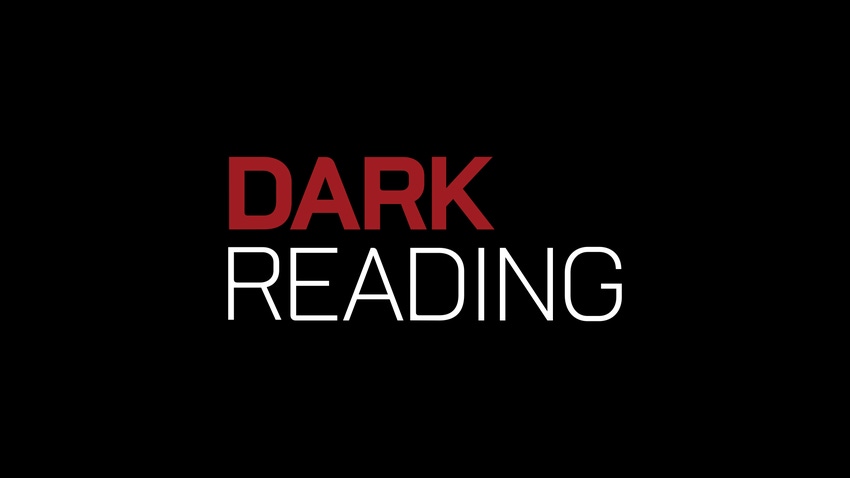On AT&T's iPad E-mail Security Snafu
While the flaw that made it possible for onlookers to access the e-mail addresses of Apple iPad users wasn't directly Apple's fault, the incident is certainly disrupting the Jobs' Reality Distortion Field and dulling some shine of the successful iPad launch.
June 11, 2010

While the flaw that made it possible for onlookers to access the e-mail addresses of Apple iPad users wasn't directly Apple's fault, the incident is certainly disrupting the Jobs' Reality Distortion Field and dulling some shine of the successful iPad launch.You're going to hear plenty of warnings about the (in)security of tablets, mobile devices, and who knows what other fear mongering about the AT&T security breach. Most of it emanating from vendor press releases and other sure-fire sources of fear, uncertainly, and doubt. Some of the warnings will be accurate: the victims of the breach could be (slightly) more susceptible to phishing and targeted malware attacks. But that's not the real story here. Essentially, all that happened is that a security firm managed to brute force a process that returned the correct unique identifier for the iPad and associated e-mail address. Based upon published lists, there were plenty of .gov, .mil, as well as high-level politicians, journalists, and CEOs affected. Our Paul McDougall has an in-depth write-up here.
Jim Rapoza blogged earlier today that Cloud Is Real Culprit in iPad/AT&T Security Hole. He makes the point that cloud computing brings risk. Though I couldn't disagree more with the spirit of the headline. The "cloud" isn't the culprit at all: AT&T's security and development processes are.
And there lays the bigger warning here is a caution that InformationWeek has issued a number of times now: the security status of your business partners matter. Big Time. I covered this topic in some depth back in the pre-virtualized, mashed-up and cloudified era of 2002. Yet, the moral of In Lockstep On Security is just as true today: carefully vet the IT security of your business partners. Back then the processes would have primarily included reading over security policies and plans, running vulnerability assessments, vetting their processes, and getting the right contracts in place.
Same is true now, only much more complex. Almost every provider within your digital supply-chain is a concern. How sufficient is the security of your hosting providers? What about any content providers that feed material and advertisements on your web properties? How about the quality of the code your outsourced developers are producing? How snug is the security of every notebook of all of the contractors that come through the front doors of your office buildings every day? What about the security posture of the home systems your employee's use to finish their work late at night?
The potential points of failure many. And that's the magnitude of the challenge in IT security today, as one all-too-easy mistake in any of those areas can turn quickly into a significant breach.
Consider the recent slip in security from the Department of Veterans Affords, covered in J. Nicolas Hoover's story Stolen Laptop Contains Personal Data. In short, a contractor had their laptop stolen and the data of hundreds of veterans was stored unencrypted on the hard-drive. Turns out in the prior year, Hoover reported, that 28% of VA contractors hadn't signed contracts containing clauses pertaining to IT security. Whoops. The story Do You Know Where Your Employee's Data Is? nailed a number of the risks associated with outsourcing sensitive data management to third parties.
Ignore the stories about the relatively minor risks of phishing attacks and e-mail addresses being exposed by this security flaw. The bigger lesson is the importance of knowing the security maturity of your business partners. And it doesn't matter if it's the security built into a service on a device with your logo on it, or if it's applications developed by outsourcers, or data sitting on in a contractors notebook or a partner's data center. Should something go wrong with the security controls of those partners it's still your problem.
Will Apple's image survive AT&T's gaffe? Absolutely. According to Morgan Stanley, the iPad is on track to be one of the most popular devices in history. I don't see this event denting that growth.
The more important question for you is how well your business would survive, or weather the damage of a third party provider creating a similarly embarrassing security mistake. Guess that comes down to the power of your own Reality Distortion Field.
For my security and technology observations throughout the day, consider following me on Twitter.
About the Author(s)
You May Also Like
Beyond Spam Filters and Firewalls: Preventing Business Email Compromises in the Modern Enterprise
April 30, 2024Key Findings from the State of AppSec Report 2024
May 7, 2024Is AI Identifying Threats to Your Network?
May 14, 2024Where and Why Threat Intelligence Makes Sense for Your Enterprise Security Strategy
May 15, 2024Safeguarding Political Campaigns: Defending Against Mass Phishing Attacks
May 16, 2024
Black Hat USA - August 3-8 - Learn More
August 3, 2024Cybersecurity's Hottest New Technologies: What You Need To Know
March 21, 2024




